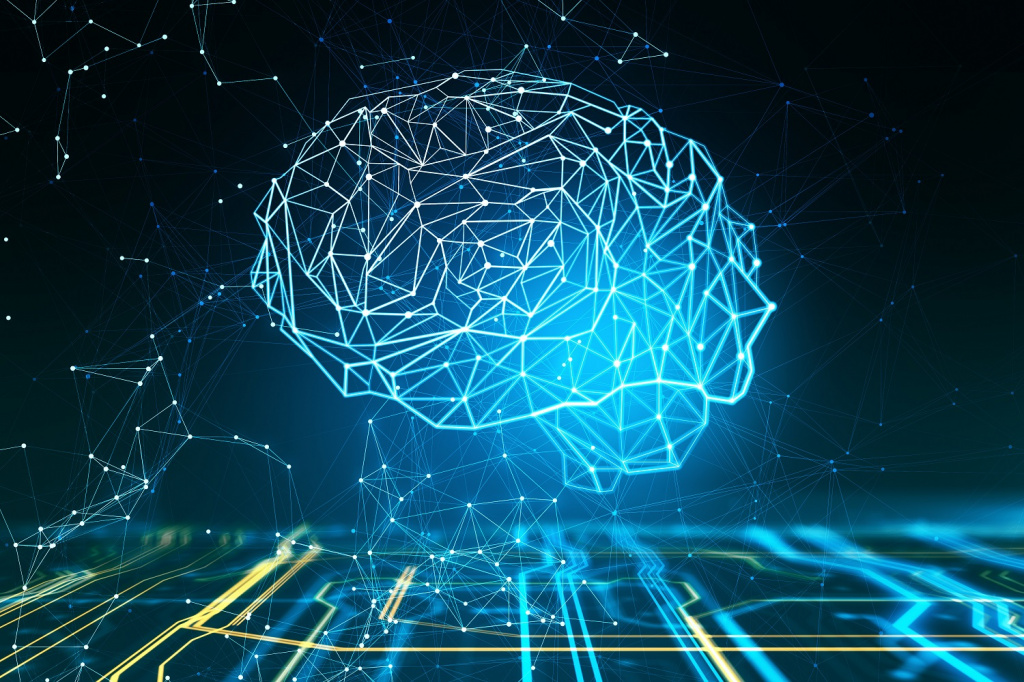The safety of AGI remains critical. If AI becomes smarter than humans, how can we ensure that its goals align with human ones? Researchers are working on “AI alignment”—methods that will ensure AI acts in the best interests of humans, even if it becomes superintelligent.
Some experts believe AGI will emerge as early as 2040–2060, while others believe it will take centuries or is impossible altogether. But even without AGI, current technologies continue to advance rapidly, with more efficient, energy-efficient, and explainable models emerging. At the same time, interest in “green AI”—systems that consume fewer resources—is growing. Training large models requires enormous computing power and CO₂ emissions. Therefore, methods for model compression, edge learning, and renewable energy are being developed.
The future of AI will likely be hybrid: a combination of symbolic AI (logic and rules) and a neural network approach. Such systems will be able not only to predict but also to reason, explain their conclusions, and collaborate with humans as equal partners.
In conclusion, artificial intelligence continues to evolve, and its potential is enormous. But the key is not the speed of development, but the direction. A responsible, ethical, and humanistic vision must underpin all research. Only then will AI become a force that unites, rather than divides, humanity.
Advertising


